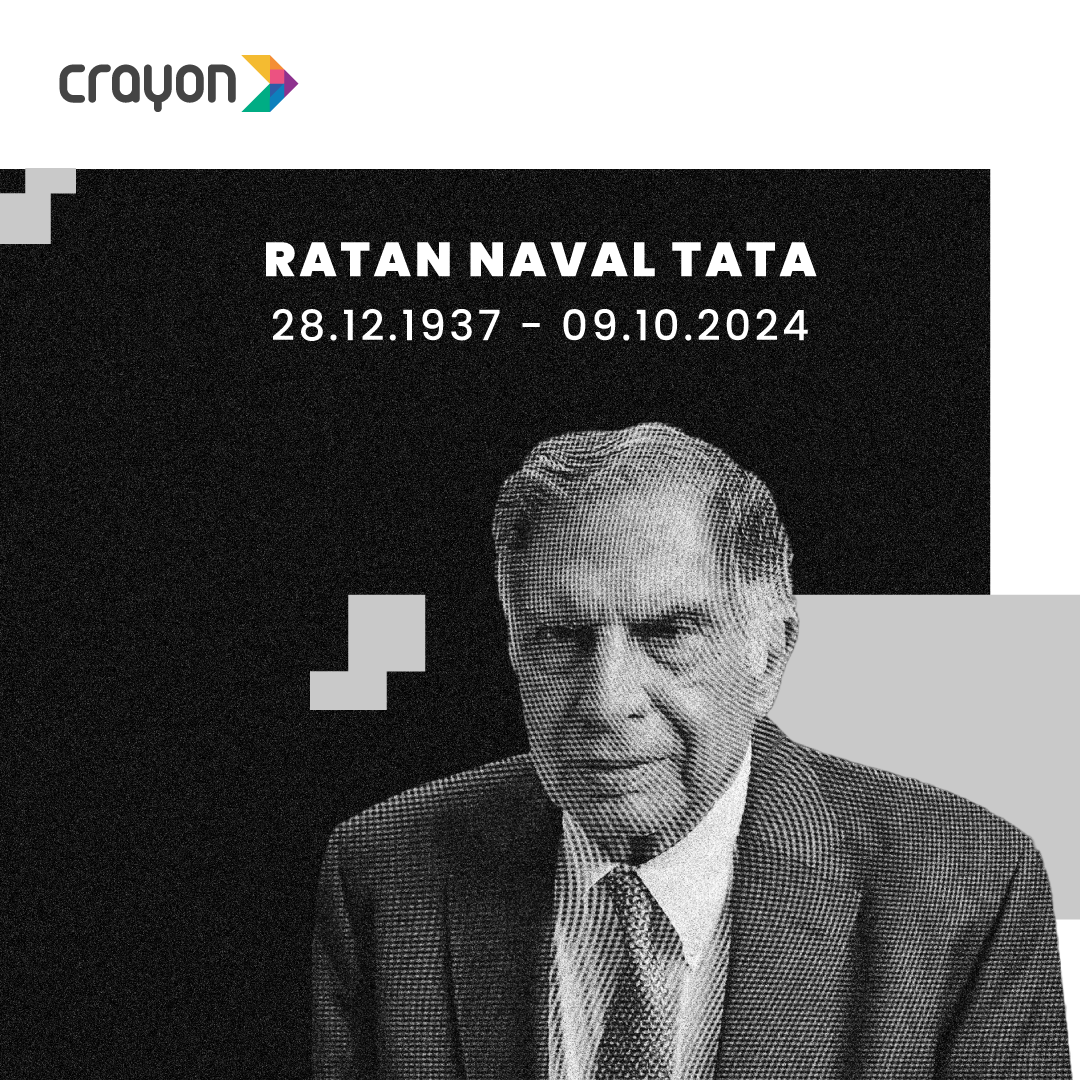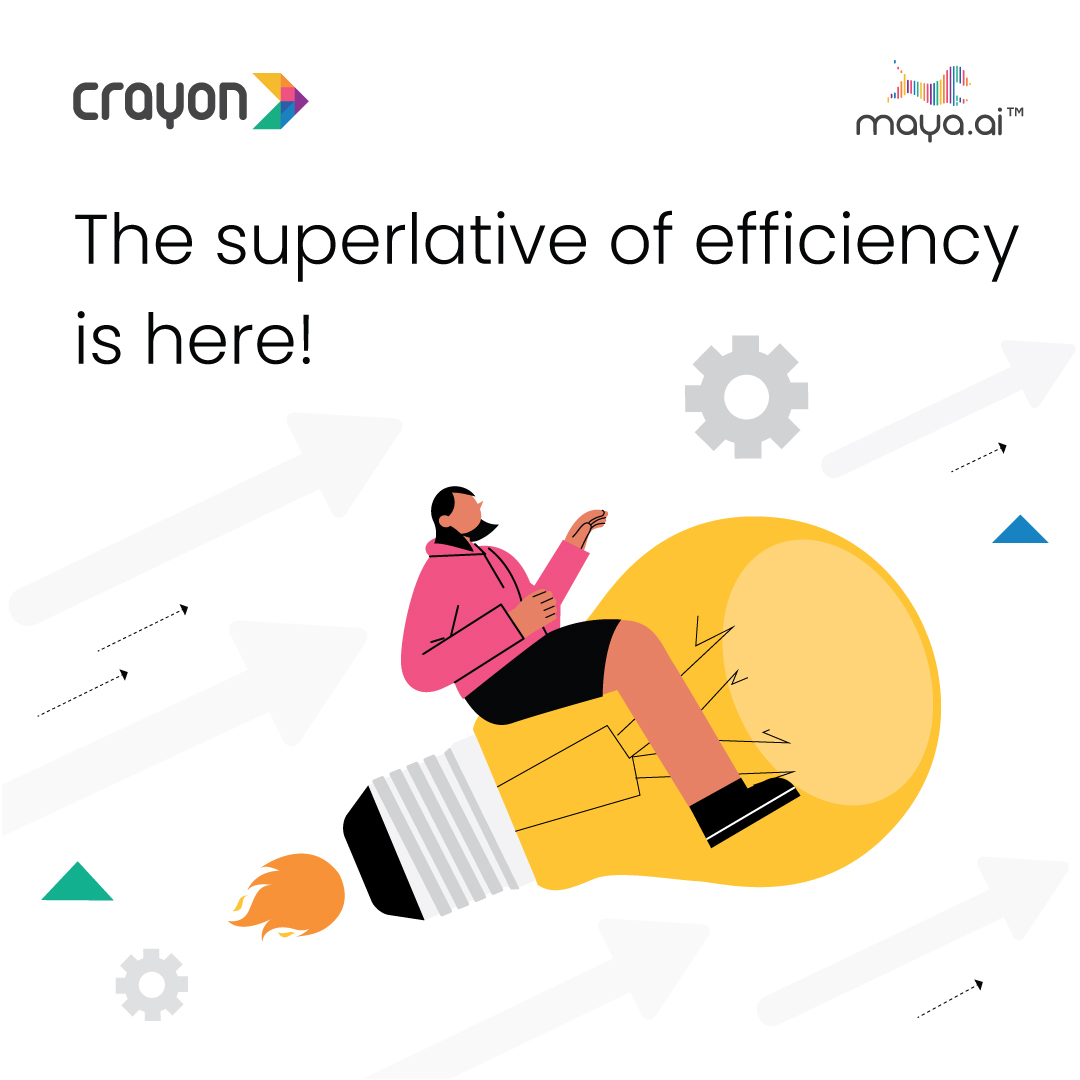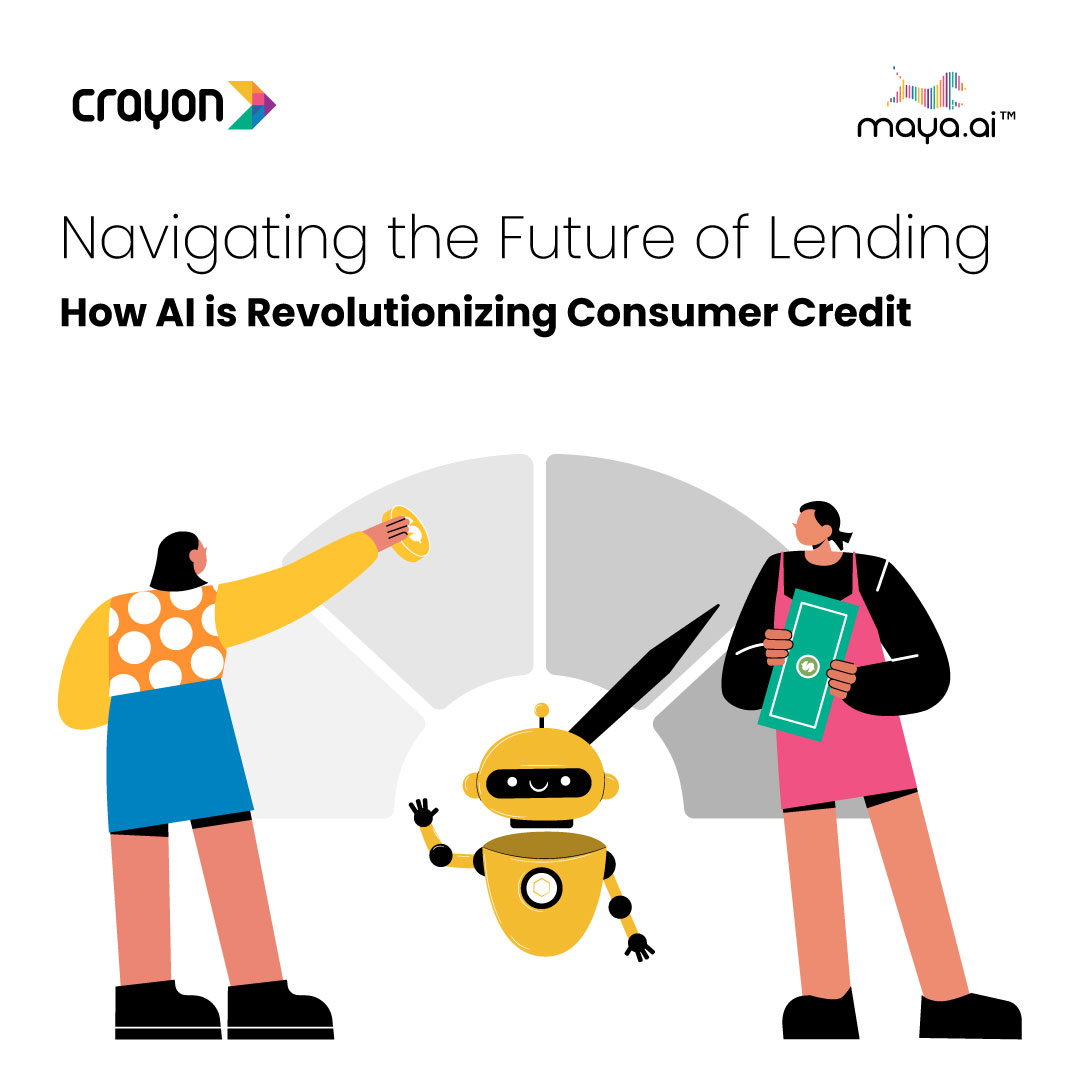Non linear revenue growth has been the holy grail Indian IT companies have been chasing for many years. That is, how do you grow revenues without a corresponding growth in the number of people and costs? A platform play is an obvious choice. The growth in big data offers them a new opportunity. Singapore & Chennai based big data startup Crayon Data is building one such platform.
The company recently announced that it raised Rs 8.75 cr in its second round of funding from investors and is looking to raise a Series A round in early 2014. In an interview with NextBigWhat, Srikant Sastri, the Co-founder of Crayon Data shared how the company is approaching the big data problem. Edited Excerpts.
How far have you come in this venture?
Crayon started operations in October 2012. It was founded by 3 people– Suresh Shankar, myself and & former Wipro executive I Vijay Kumar. Between November last year and now, we raised 2 rounds of Angel funding. Both Suresh and I are second & third time entrepreneurs. We have setup a facility in Chennai and we have clients in UK, Singapore and India.
What is your approach to the Big Data problem?
Our hypothesis is that you can’t throw people at this problem. Because the pace at which data is growing far outstrips the pace at which you can put trained people on the job. Therefore, technology has to be the answer. Crayon’s vision is to create a big data platform that can process large volumes of data from within the enterprise and from external sources including social media. This data is cleaned up and various algorithms are run on it to serve different verticals.
People find it hard to navigate through the maze of data and make decisions. This happens for consumers as well as businesses. Our core algorithm called the Simpler Choices takes tonnes of data, cleans it up and presents a few choices to the consumer to decide on. Today it is being applied in different sectors like Hospitality, Retail, Banking, Telecom and Technology.
Both of you are serial entrepreneurs. Can you talk to us about your entrepreneurial journey?
Suresh and I went to IIM- Calcutta in the mid 80s together. He spent nearly 15 years of his career in advertising and banking. He became an entrepreneur in 2001. He setup a company called Redpill solutions out of Singapore. The company was focused on enterprise analytics and customer centric consulting. In 2009-10, it was acquired by IBM. Last year, he moved out IBM to build the next generation big data company.
I spent my first 10 years working for Unilever and other companies. I became an entrepreneur in 1995 and setup two ventures since then. The first was Solution – Digitas, a marketing services agency which was sold to the Publicis Groupe. In 2005 I founded Team4U, a sales force staffing company. I moved to Crayon where I was already an investor in early 2013.
There are lots of startups and established players in Big Data…
It’s a very crowded space. More so in the west than in India. There are hundreds of companies jostling for space within big data. But the space is so massive that everyone sees an opportunities. Many companies are creating a niche for themselves. You could call us foolish, but we said that this space is so big that we need to have a big play. Therefore, we will not be limited to a vertical or a niche.
What is the billing model like? Is it outcome based?
It is certainly not like services. We work on a Software as a Service (SaaS) model where we charge on a monthly basis depending on the scope of work. For example, when I work with a hotel, it is based on the size of the hotels operations. Before we get to a SaaS based pricing, we run a pilot or a proof of concept that we run for a few months.
The thing about outcome based model, though we are moving in that direction, is that our customers tend to be reluctant. Because it makes the pricing slightly open ended for them. For example, if I tell a bank that you can pay me based on how much of an increase in revenues you are going to see, they doesn’t know how much they are going to end up paying me eventually. They typically want to put a cap on how much they want to pay.
How big is your team?
We will never have 1000s of people. For us technology does most of our work. Currently we are 70 people and most of them are data scientists and the technology team. We need people who are comfortable with Maths and Science modelling and we need people who can understand the Internet world. Then we have product managers, sales, marketing and operations people.
How many paying customers do you have currently?
We have several small customers who are at a PoC stage. We’ve been working with a global hotel chain since early November 2012. We are on the verge of finalizing two more. We are working on a pan Asia project with a leading global payment services player. We are now beginning to finalize some deals in Financial services. In the technology sector, we have about 5 different customer engagements going on. In retail, we have a few small engagements. Finally, we are in talks with Telecom service providers & handset companies.




